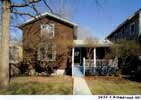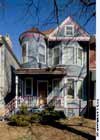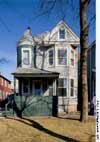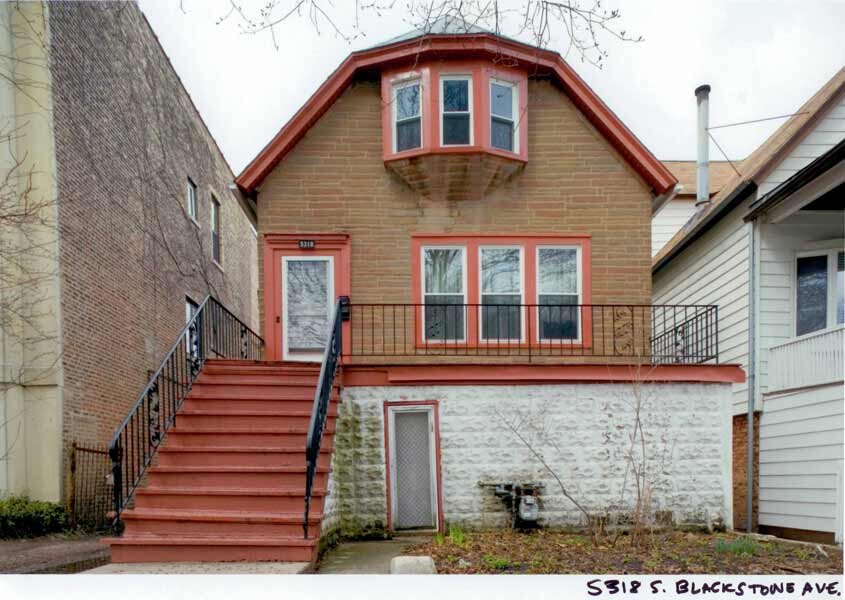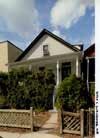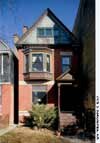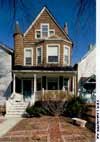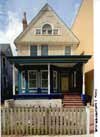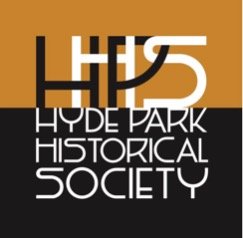Hyde Park Center
The section of Hyde Park between 53rd and 55th Streets, and between Harper and Woodlawn Avenue, is the oldest part of our neighborhood. It is also the most modest, the most urban, the most “renewed” – and the least appreciated.
Map of “Hyde Park Center”
After the Chicago fire of 1871 Hyde Park Center grew quickly. Close to the Illinois Central commuter station at 53rd and Lake Park and to the 55th Street cable car line, it offered convenient and inexpensive transport for middle and lower class workers to the new jobs in the Loop to the north, the steel mills to the south and the Stock Yards to the west. Eager real estate developers built small cottages and narrow row houses on tiny lots. No valuable land was wasted on large yards or parkways to the front or on alleys at the rear. Many of these buildings were made of inexpensive wood , a practice prohibited north of 39th Street by the new Chicago fire regulations, but allowed in the independent Village of Hyde Park until it was annexed by Chicago in 1889. The style of the houses was simple and utilitarian in contrast to the Italian villas, French chateaux and English castles of the more wealthy surrounding parts of the neighborhood. Hyde Park Center offered modest houses in a dense urban setting to average working families.
Because both the houses and the residents were more modest, this section of the neighborhood was especially vulnerable to post-World War II land clearance projects. More than half of the structures in Hyde Park Center were demolished, including three churches and scores of convenient mixed-use retail/commercial/residential buildings. Most of what is now Nichols Park and the Murray School campus was once packed with small wooden and brick houses.
Much of the original Hyde Park Center remains and, although often over looked, it is a joy to explore. Notice the brickwork and stone carving, the carpentry, the arrangement of the windows, the roof gables and the porches, and notice how many different kinds of houses there are. But also listen to how these houses talk to one another, like neighbors. What can still be seen and heard on the streets of Hyde Park Center are the beautiful modest houses that nurtured the beginnings of city life for average people like ourselves.
The photography and Graphic Design for the “The Evolution of Hyde Park” was created by David Schalliol for a program offered by the Hyde Park Historical Society on March 1st of 2008. This included a presentation by Jack Spicer and the opening of a photo exhibit by David Schalliol. The photographs on this site of the Hyde Park houses were all taken by David Schalliol.
All materials collected for this project (maps, photos, documents, interviews. etc.) are housed at:
Special Collections Research Center University of Chicago Library
under the title: Hyde Park Center Project and are available for viewing and research.
1100 East 57th Street
Chicago, Illinois
60637-1596
773-702-8705
specialcoliections@lib.uchicago.edu
Click the Map below if Images on this page are slow to load
Hyde Park Center is a project of:
The Hyde Park Historical Society
5529 S Lake Park Avenue Chicago, IL 60637
773-493-1893
-Notable Locations in Hyde Park Center-
Nichols Park (opposite/west side) 200+ buildings cleared during urban renewal
E. 54th St. & S. Kimbark Ave., SE corner Site of Swedish Evangelical Lutheran Church
1362 E. 54th St. (Murray School) Proposed site of Hyde Park town hall
5405 S. Ridgewood Ct. Original farm house for this area, before 1890
5456-58 S. Ridgewood Ct. Companions to 5457-59 S. Kenwood Ave.
5436-38-40-42 S. Dorchester Ave. Companions to 5437-43 S. Ridgewood Ct.
5317 S. Dorchester Ave-Henry Work house, 1860, oldest house in Hyde Park
5401 S. Blackstone Ave., SE corner Site of Hyde Park M. E. Church
5424-26-28-30-32-34-35 S. Blackstone Ave. Frame cottages, 1890
Hyde Park Center is a project of:
The Hyde Park Historical Society
5529 S Lake Park Avenue Chicago, IL 60637
773-493-1893
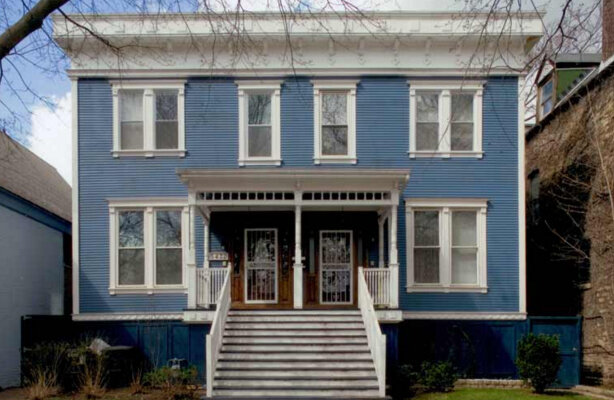
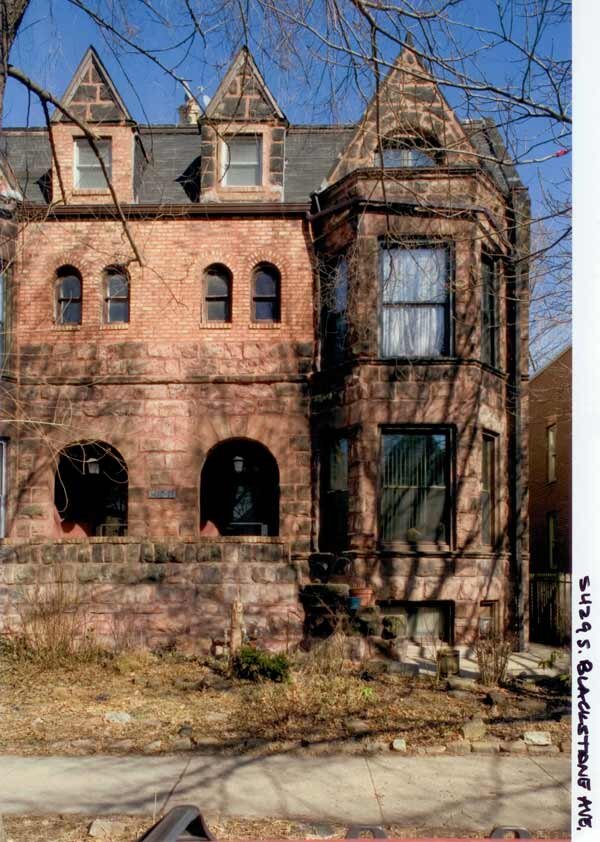
5429 S Blackstone
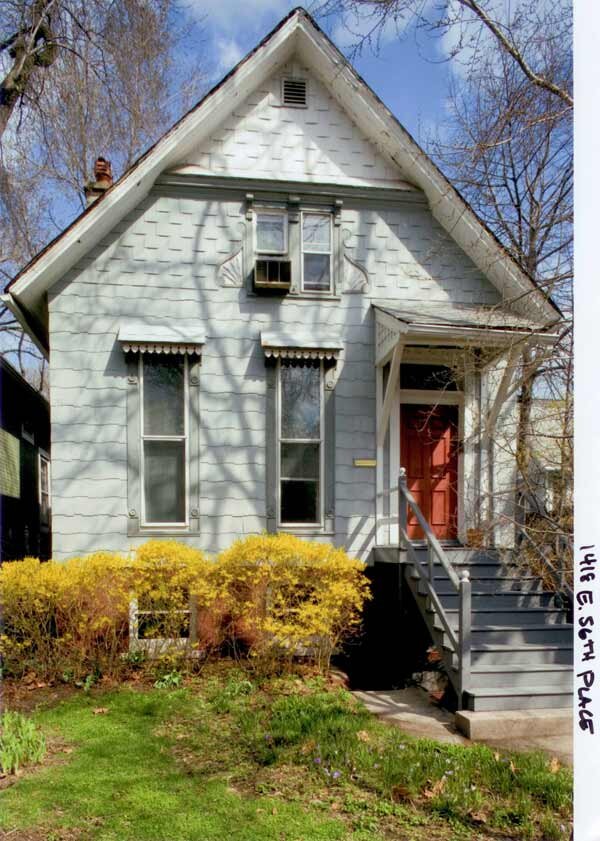
1418 E 56th
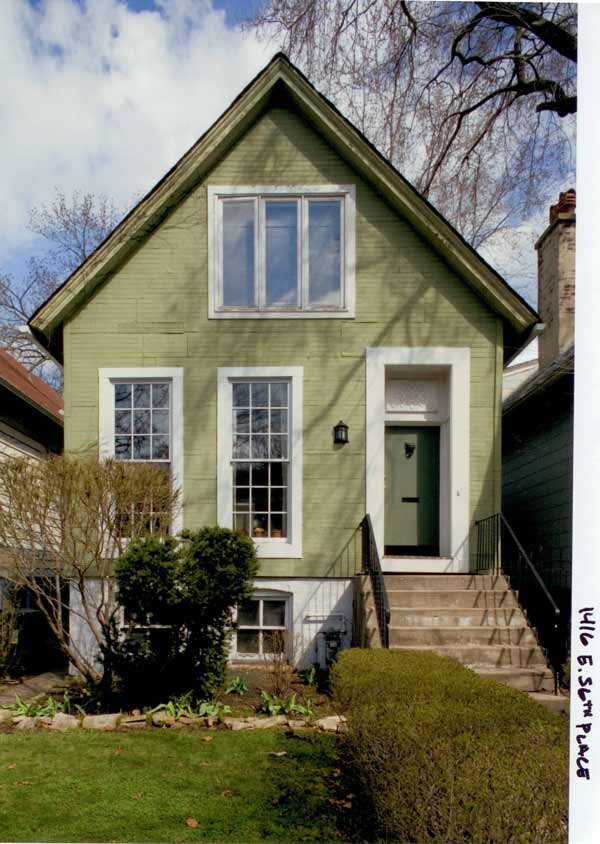
1416 E 56th Place
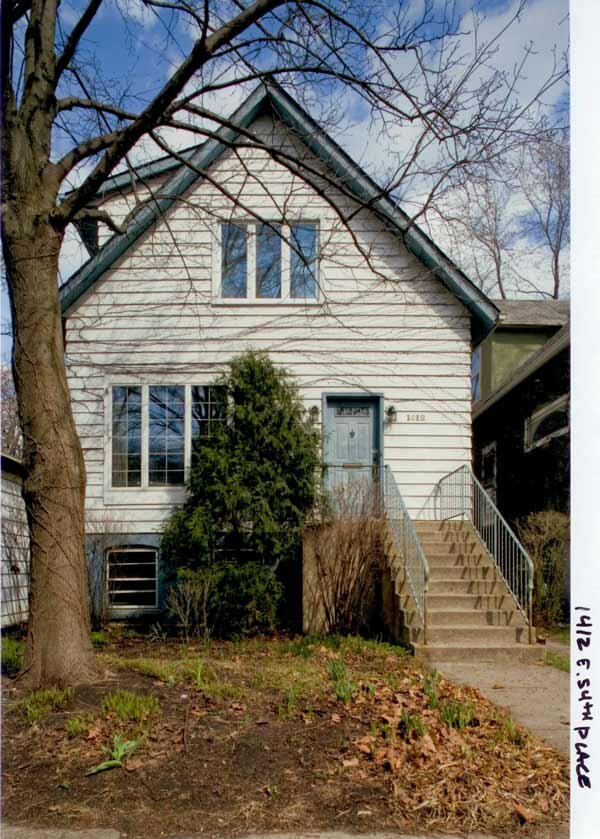
1412 E 54th Place

5325 S Dorchester
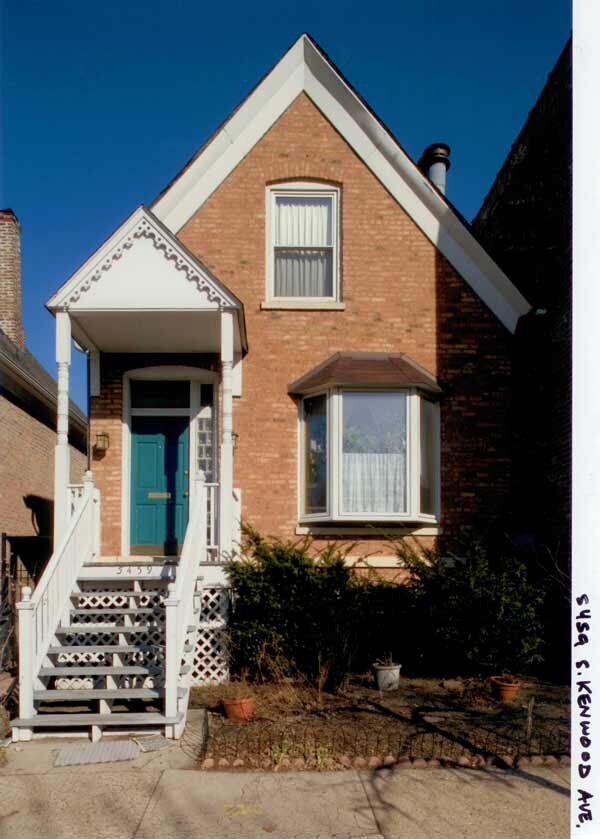
5459 S Kenwood
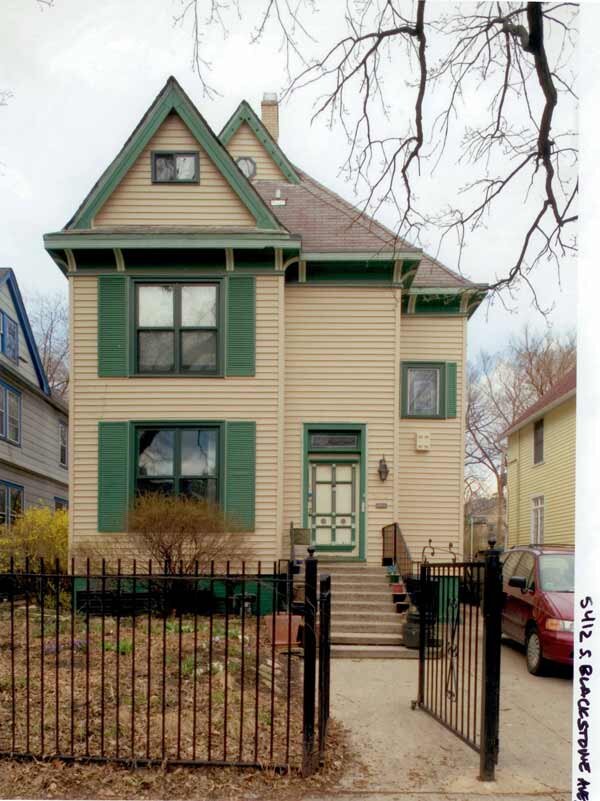
5412 S Blackstone

5434 S Blackstone
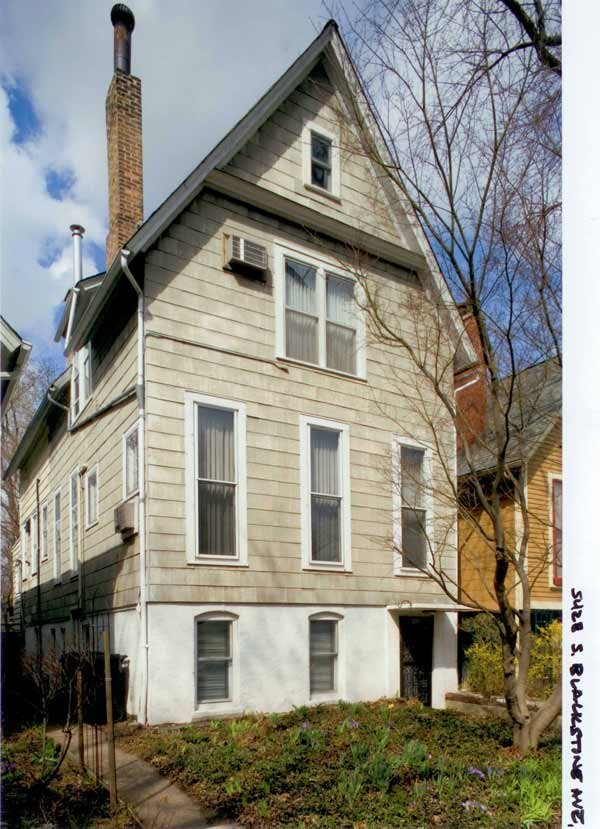
5428 S Blackstone
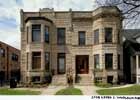
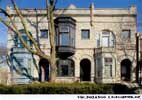
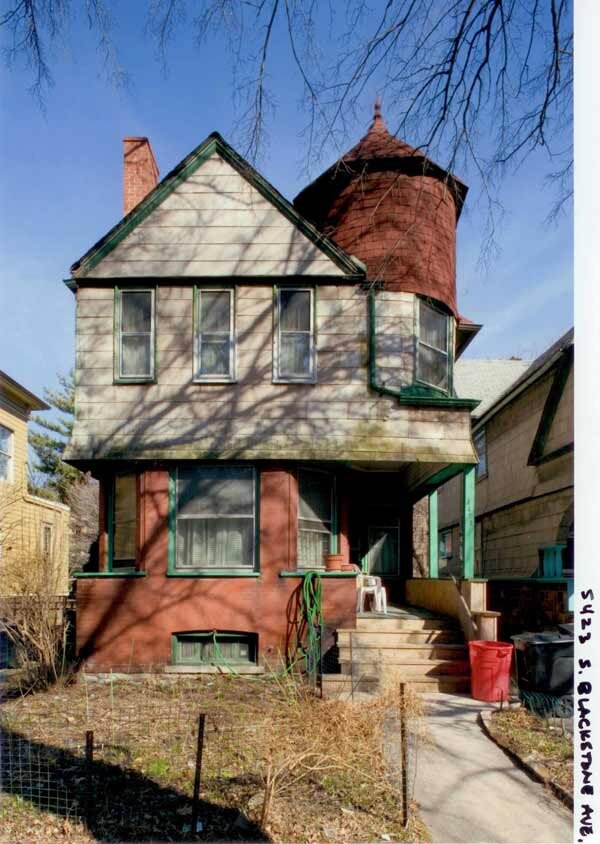
5422 S Blackstone
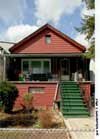
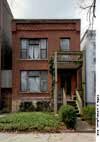
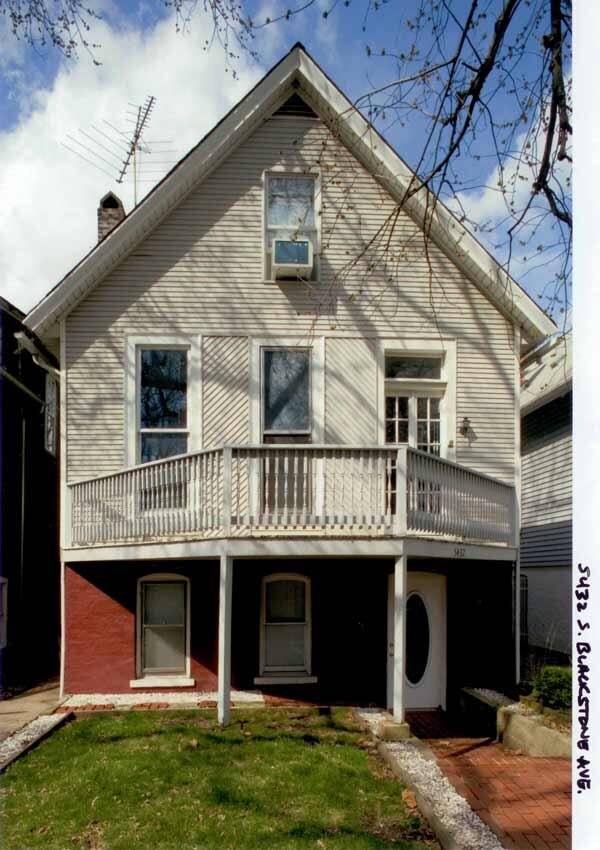
5432 S Blackstone

5413 S Blackstone
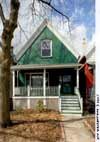
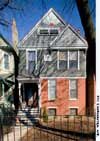
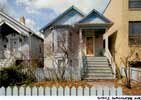
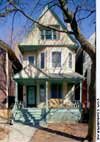

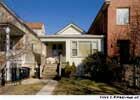

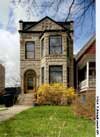
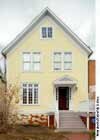
5432 S Blackstone
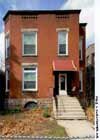
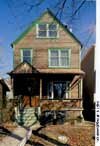
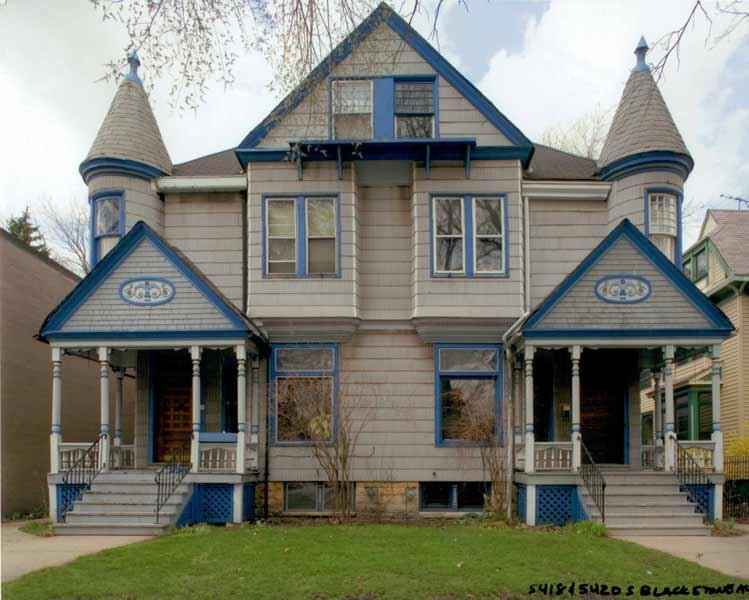
5418 & 5420 S Blackstone
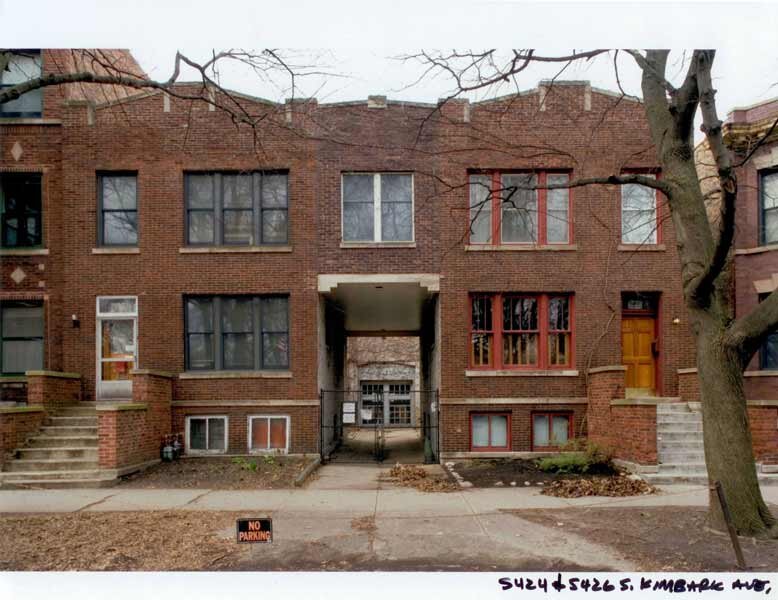
5424 & 5426 S Kimbark
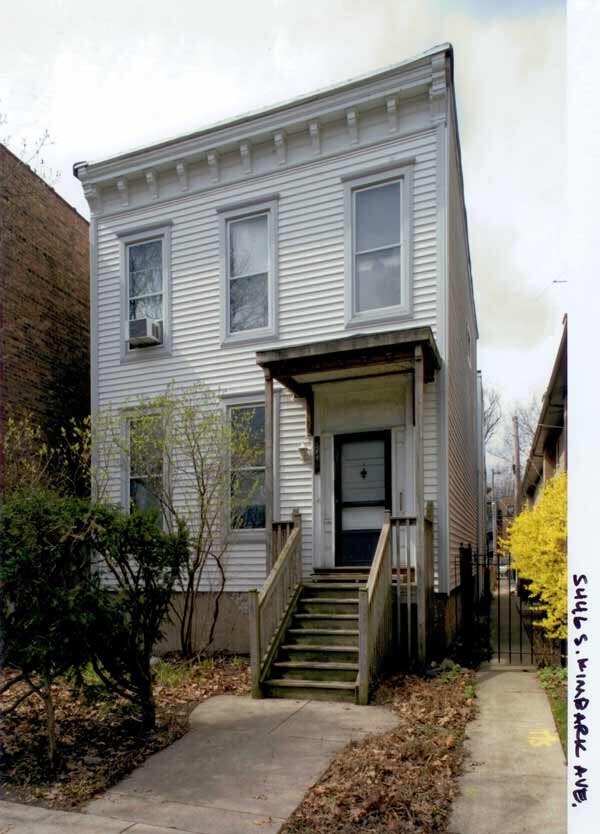
5446 S Kimbark
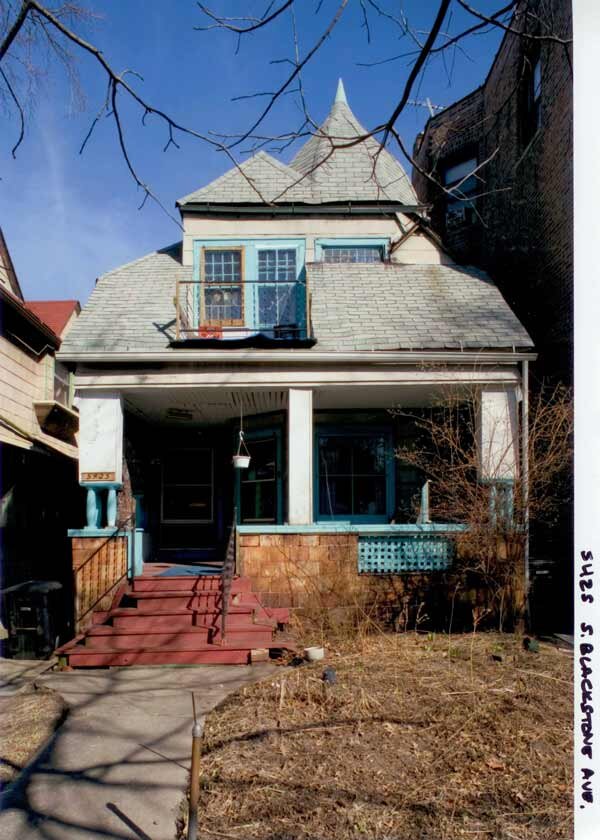
5425 S Blackstone
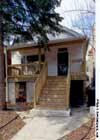
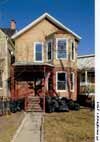

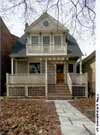
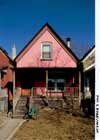
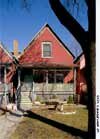
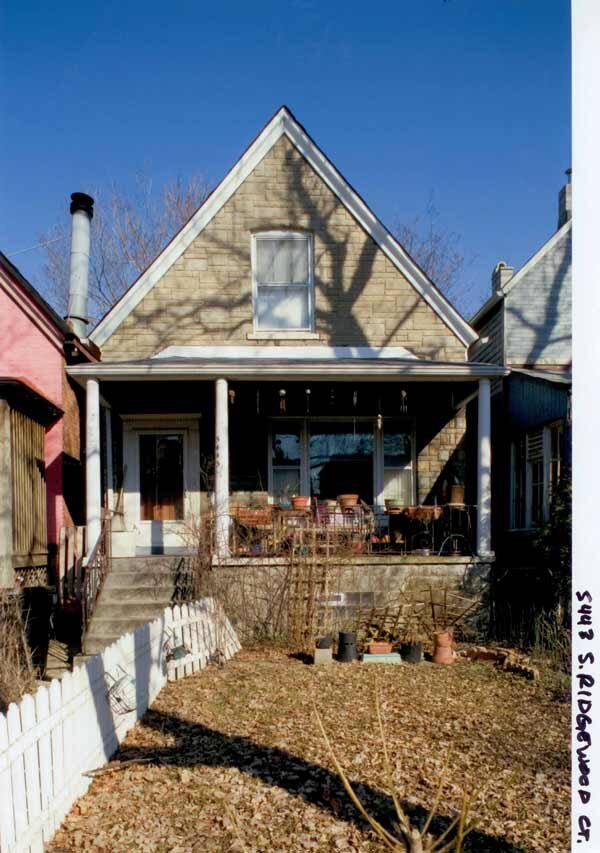
5442 S Ridgewood Ct
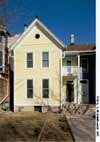


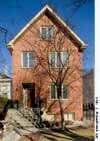

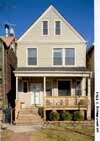



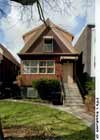

5461 S Ridgewood Ct
